

Articles
How To Store Italian Parsley
Modified: February 28, 2024
Learn the best techniques for storing Italian parsley in this comprehensive guide. Discover helpful articles and tips to keep your parsley fresh and flavorful for longer.
(Many of the links in this article redirect to a specific reviewed product. Your purchase of these products through affiliate links helps to generate commission for Storables.com, at no extra cost. Learn more)
Introduction
Welcome to our guide on how to store Italian parsley! Italian parsley, also known as flat-leaf parsley, is a versatile herb commonly used in Mediterranean cuisine. Known for its vibrant flavor and distinct aroma, it adds a touch of freshness to soups, salads, pasta dishes, and more. But what do you do when you have an abundance of Italian parsley and want to prolong its shelf life?
In this article, we will provide you with practical tips and methods to properly store Italian parsley, ensuring that it retains its flavor and freshness for as long as possible. Whether you grow your own parsley or buy it from the grocery store, these storage techniques will come in handy.
Proper storage not only extends the lifespan of your Italian parsley but also allows you to have it readily available whenever you need it. So let’s delve into the details of choosing and buying Italian parsley, preparing it for storage, and explore various storage methods ranging from refrigeration to freezing and drying.
Key Takeaways:
- Store Italian parsley in the refrigerator by wrapping it in damp paper towels and placing it in a plastic bag in the crisper drawer. Refresh the paper towels periodically to maintain freshness for up to two weeks.
- Freeze Italian parsley by cleaning and drying it, then either flash freezing the leaves or freezing them in ice cube trays. Label and store in freezer bags for long-term preservation and easy use in recipes.
Read more: How To Store Parsley
Choosing and Buying Italian Parsley
When selecting Italian parsley, there are a few factors to consider to ensure you’re getting the freshest and highest-quality herb. Here are some tips to help you choose and buy Italian parsley:
- Appearance: Look for vibrant green leaves that are fresh and crisp. Avoid parsley with wilted or yellowing leaves.
- Leaf Texture: Italian parsley has flat leaves, as opposed to the curly variety. Ensure that the leaves are firm and not limp.
- Fragrance: Take a moment to smell the parsley. It should have a strong and distinct aroma. If the scent is faint or unpleasant, it may be a sign of poor quality or old parsley.
- Organic Options: Consider purchasing organic Italian parsley if you are concerned about pesticides and other chemicals. Organic varieties are grown without the use of synthetic chemicals and are generally better for both your health and the environment.
- Local and Seasonal: Whenever possible, choose locally grown parsley. It is often fresher since it doesn’t have to travel long distances. Additionally, try to buy parsley when it’s in season for the best flavor.
Whether you’re buying Italian parsley from a grocery store, farmers’ market, or even growing it yourself, following these guidelines will help you select the best parsley for storage.
Preparing Italian Parsley for Storage
Before storing Italian parsley, it’s important to properly prepare the herb to ensure optimal freshness. Here are the steps to follow:
- Inspect and Remove any damaged or wilted leaves: Take a close look at the parsley bunch and remove any leaves that are discolored, wilted, or damaged. These leaves can quickly spoil and affect the freshness of the remaining parsley.
- Gently Wash the Parsley: Rinse the parsley under cold running water to remove any dirt or debris. Be gentle to avoid bruising or damaging the leaves. If the parsley is particularly dirty, you can soak it in a bowl of cold water for a few minutes before rinsing.
- Pat Dry: After washing, gently pat the parsley dry using a clean kitchen towel or paper towels. Excess moisture can lead to spoilage, so make sure the parsley is well dried before storing.
- Trim the Stems: If the parsley bunch has long stems, you can trim them slightly to fit into your chosen storage container. However, it’s best to leave the stems intact as they contribute to the parsley’s flavor and can be used in different recipes.
By following these steps, you’ll ensure that your Italian parsley is clean, fresh, and ready for storage.
Storing Italian Parsley in the Refrigerator
The refrigerator is one of the most common and convenient storage options for Italian parsley. Here’s how to properly store it in the refrigerator:
- Wrap in Damp Paper Towels: Take a few sheets of paper towels and dampen them slightly with water. Wrap the parsley bunch loosely in the damp paper towels. This helps to maintain the herb’s moisture and prevents wilting.
- Place in a Plastic Bag: Once wrapped in paper towels, place the parsley bunch inside a loosely sealed plastic bag. This creates a humid environment and further prevents the parsley from drying out.
- Store in the Crisper Drawer: Keep the plastic bag with the parsley in the crisper drawer of your refrigerator. This is the ideal location as it provides a slightly higher humidity level compared to the rest of the fridge, which helps to keep the parsley fresh.
- Check and Refresh: Periodically check on the parsley and refresh the paper towels if they become excessively damp. This helps to prevent the growth of mold and ensures the parsley stays fresh for longer.
When stored properly in the refrigerator, Italian parsley can retain its freshness for up to two weeks. This allows you to use it in various dishes whenever you need it.
Freezing Italian Parsley
Freezing Italian parsley is a great option when you have an abundance of it or want to preserve it for an extended period. Here’s how to freeze Italian parsley:
- Clean and Dry: Start by washing the parsley thoroughly and patting it dry with paper towels. Removing excess moisture is crucial to prevent the parsley from developing ice crystals.
- Chop or Leave Whole: Decide whether you want to freeze the parsley leaves as whole bunches or chop them into smaller pieces. Both methods work well, so choose the one that suits your preferences.
- Flash Freeze Method: If you prefer to freeze the parsley leaves individually, lay them in a single layer on a baking sheet lined with parchment paper. Place the baking sheet in the freezer for a couple of hours until the leaves are frozen solid.
- Transfer to Freezer Bags: Once the leaves are frozen, transfer them to airtight freezer bags or containers. Be sure to label them with the date for easy reference later on.
- Freezing in Ice Cube Trays: Alternatively, you can chop the parsley leaves and freeze them in ice cube trays. Fill each compartment with chopped parsley and top with enough water to cover the leaves. Freeze until solid, and then transfer the parsley cubes to freezer bags.
When you’re ready to use the frozen Italian parsley, simply remove the desired amount from the freezer and add it directly to your recipe. Freezing preserves the flavor and aroma of the parsley, allowing you to enjoy its freshness even during the off-season.
Store Italian parsley by wrapping the stems in a damp paper towel and placing it in a plastic bag in the refrigerator. It will stay fresh for up to a week.
Read more: How To Store Italian Bread
Drying Italian Parsley
Drying Italian parsley is an excellent preservation method that allows you to enjoy its flavor and aroma even when it’s not in season. Here’s how to dry Italian parsley:
- Harvest and Clean: Start by harvesting the parsley leaves in the morning when the essential oils are at their peak. Gently wash the leaves under cold running water to remove any dirt or debris, and pat them dry with paper towels.
- Air Drying Method: Tie a small bunch of parsley stems together with a string or rubber band. Hang the bunch upside down in a well-ventilated area, away from direct sunlight. Allow the parsley to air dry completely, which can take up to two weeks.
- Dehydrator Method: If you have a food dehydrator, you can use it to speed up the drying process. Place the parsley leaves on the dehydrator trays in a single layer and set the temperature to around 95°F (35°C). Allow the parsley to dry for approximately 2-3 hours until crisp.
- Crushing and Storing: Once the parsley leaves are completely dry and crisp, remove them from the stems and crush them into smaller pieces. You can use a mortar and pestle or pulse them in a blender or food processor. Transfer the crushed parsley to an airtight container and store it in a cool, dark place.
Dried Italian parsley can be used in various dishes, including sauces, soups, stews, and marinades. It has a concentrated flavor, so you may need to use less dried parsley than fresh parsley in your recipes. Remember to crush the dried leaves just before using them to release their aromatic oils.
By drying Italian parsley, you can enjoy its delicious flavor and add a touch of freshness to your culinary creations throughout the year.
Other Storage Methods for Italian Parsley
While refrigeration, freezing, and drying are the most common methods for storing Italian parsley, there are a few other techniques you can utilize:
- Herb Keeper: Consider investing in an herb keeper, which is specifically designed to store fresh herbs like parsley. These containers have a water reservoir at the bottom and a lid to keep the parsley fresh and hydrated.
- Mason Jar Method: Trim the stems of the parsley bunch and place it in a glass mason jar partially filled with water, similar to how you would store flowers. Cover the parsley loosely with a plastic bag and secure it with a rubber band. Change the water every few days to keep it fresh. This method works best if you plan to use the parsley within a few days.
- Preserving in Oil: Another option is to preserve Italian parsley by storing it in oil. Coarsely chop the parsley leaves and place them in ice cube trays. Fill each compartment with olive oil or melted butter and freeze. Once frozen, transfer the parsley oil cubes to a freezer bag. These parsley-infused oil cubes can be directly added to sauces, soups, or sautés for a burst of flavor.
These alternative storage methods can help maintain the freshness and flavor of Italian parsley, allowing you to enjoy its culinary benefits for an extended period.
Tips for Maintaining Freshness
To maximize the freshness and shelf life of your Italian parsley, here are some additional tips to keep in mind:
- Store Whole Bunches: To maintain freshness, store Italian parsley as whole bunches rather than separating the leaves. This helps to preserve the moisture and flavors of the herb.
- Avoid Washing Before Storage: While it’s important to wash the parsley before use, avoid washing it right before storing. Excess moisture can cause the parsley to wilt and spoil more quickly. Instead, wait until you’re ready to use it before giving it a gentle rinse.
- Keep It Cool: Whether you’re storing parsley in the refrigerator or using alternative methods, it’s important to keep it in a cool environment. Avoid placing it near sources of heat or in direct sunlight, as this can cause wilting and deterioration.
- Trim as Needed: If you notice any wilted or yellowed leaves while the parsley is in storage, trim them off to maintain the overall freshness of the herb.
- Refresh the Water: If you’re using the mason jar method or any other method that involves water, remember to regularly refresh the water to prevent bacterial growth and maintain the parsley’s freshness.
- Frequent Usage: The more frequently you use Italian parsley, the better it will retain its freshness. Incorporate it into your daily cooking and savory dishes to make the most of its vibrant flavor.
By following these tips, you can extend the shelf life of Italian parsley and ensure that it remains fresh and flavorful for as long as possible.
Conclusion
Properly storing Italian parsley is essential to preserve its vibrant flavor, distinct aroma, and nutritional benefits. Whether you have a thriving herb garden or purchased a bunch from the grocery store, the storage methods discussed in this article will help you maintain the freshness of Italian parsley for extended periods.
From refrigeration to freezing and drying, each storage method offers its own advantages and allows you to enjoy Italian parsley throughout the year. The refrigerator provides a convenient option for short-term storage, while freezing and drying methods allow you to preserve the herb for longer durations.
Additionally, alternative storage methods like herb keepers, mason jars, and preserving parsley in oil offer unique approaches to maintain freshness and flavor.
Remember to choose fresh and high-quality Italian parsley, prepare it properly by inspecting, washing, and drying, and utilize the storage method that best suits your needs.
By storing Italian parsley correctly, you can enhance your culinary creations with the fresh and vibrant taste of this versatile herb. So next time you have an abundant supply of Italian parsley, use these tips to store it properly and enjoy its delightful flavor for many meals to come.
Frequently Asked Questions about How To Store Italian Parsley
Was this page helpful?
At Storables.com, we guarantee accurate and reliable information. Our content, validated by Expert Board Contributors, is crafted following stringent Editorial Policies. We're committed to providing you with well-researched, expert-backed insights for all your informational needs.
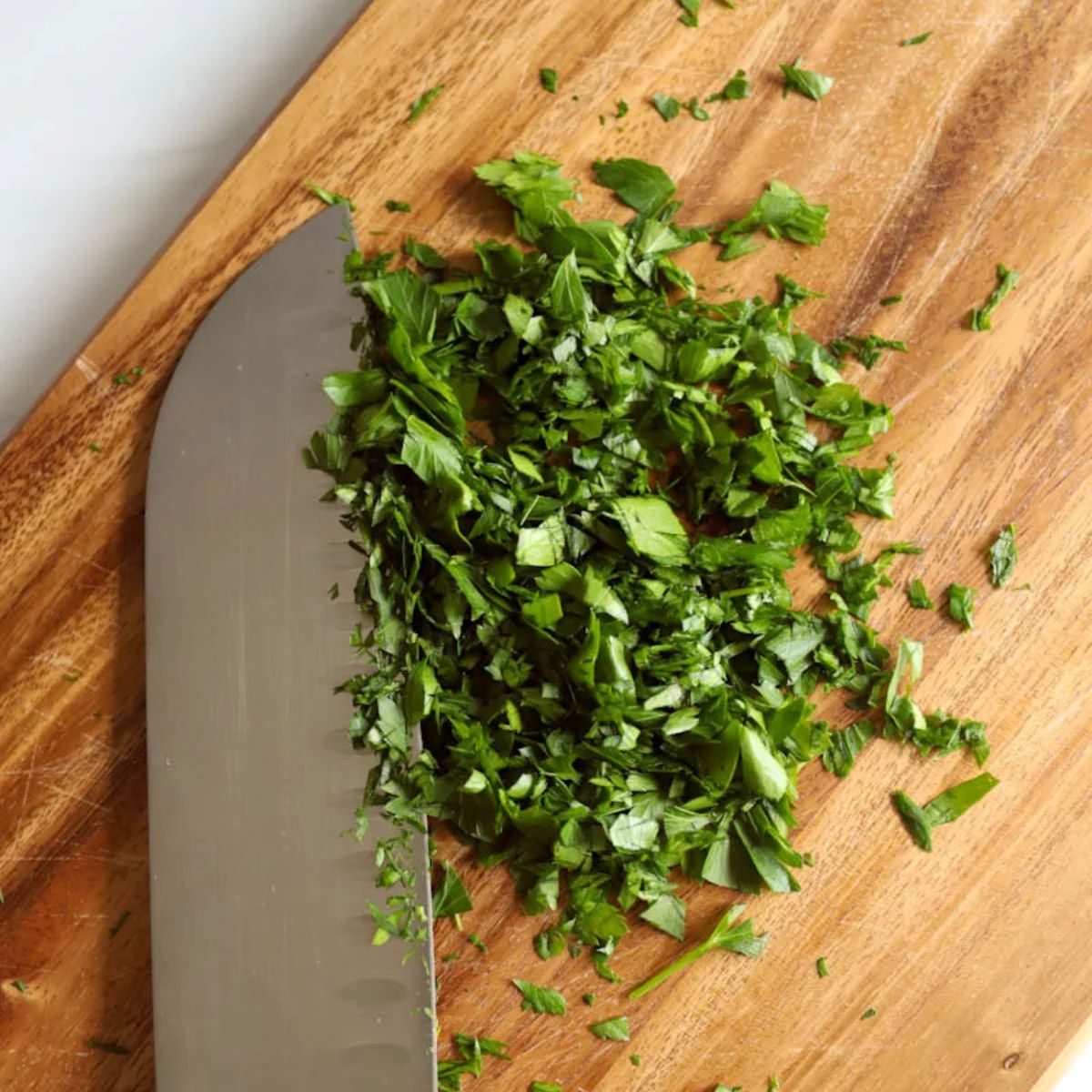

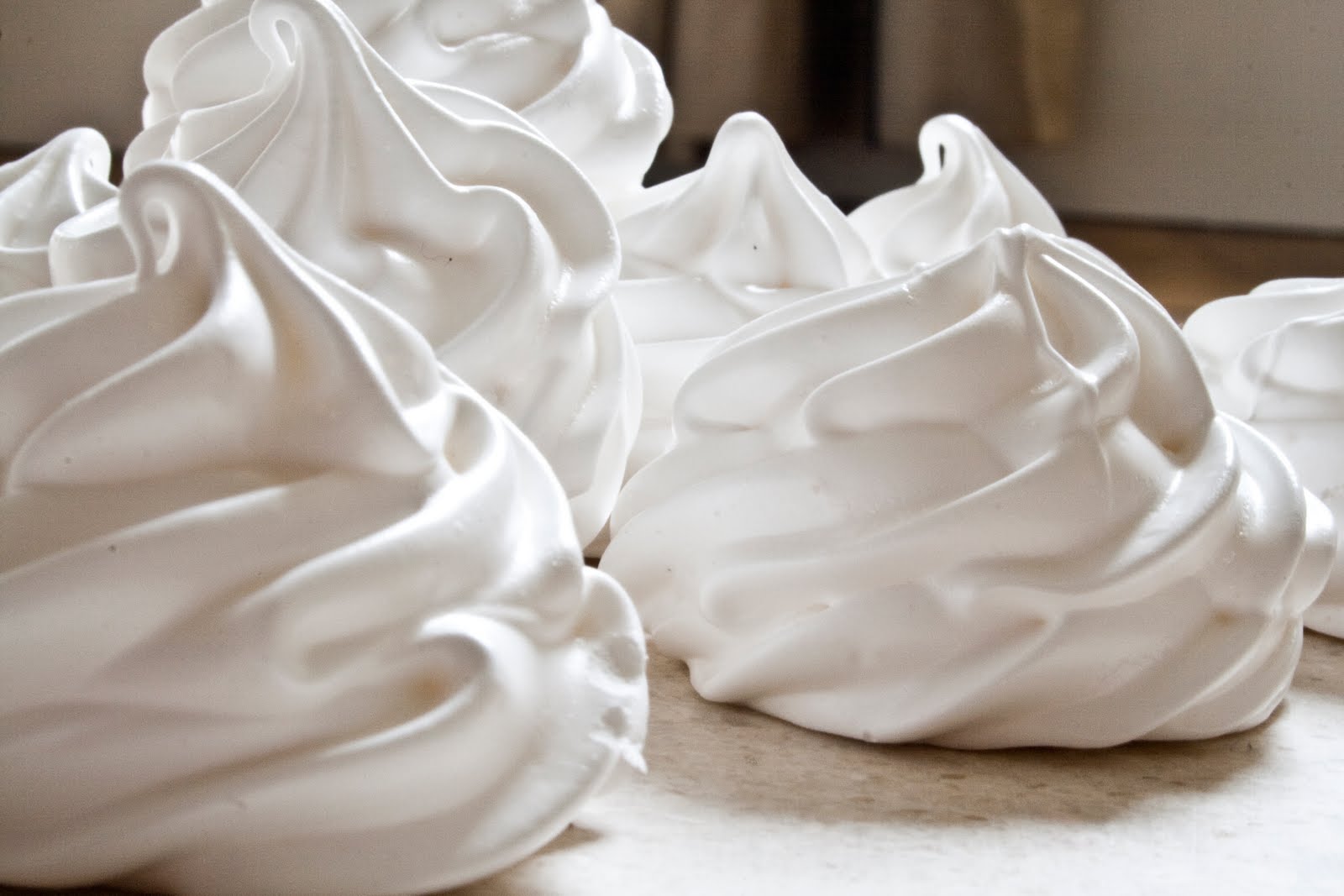
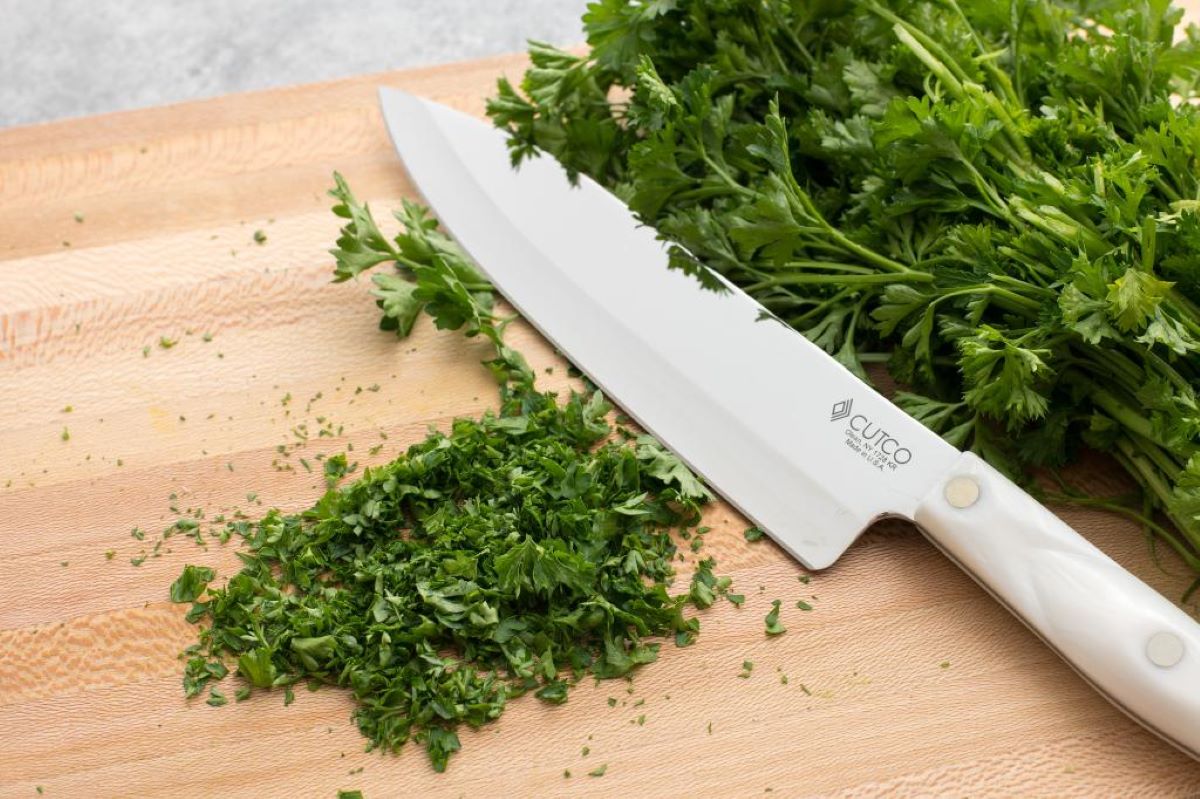

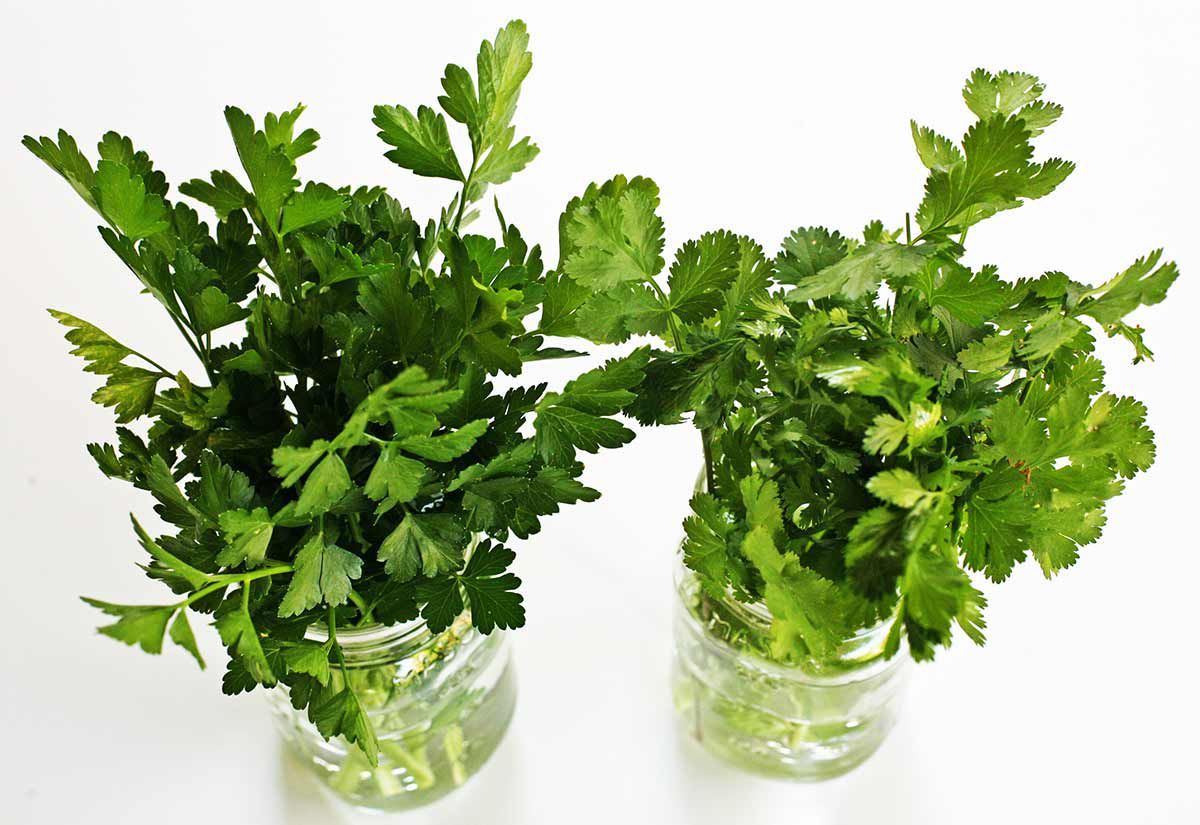
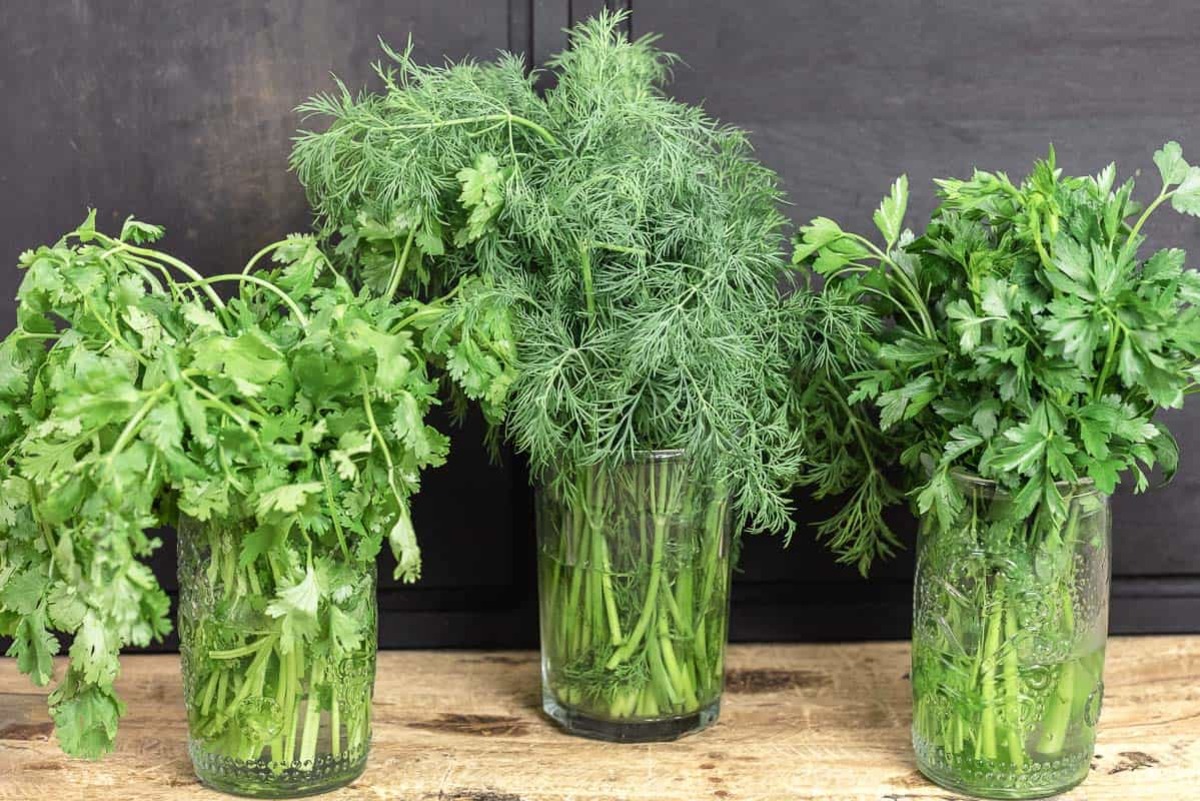



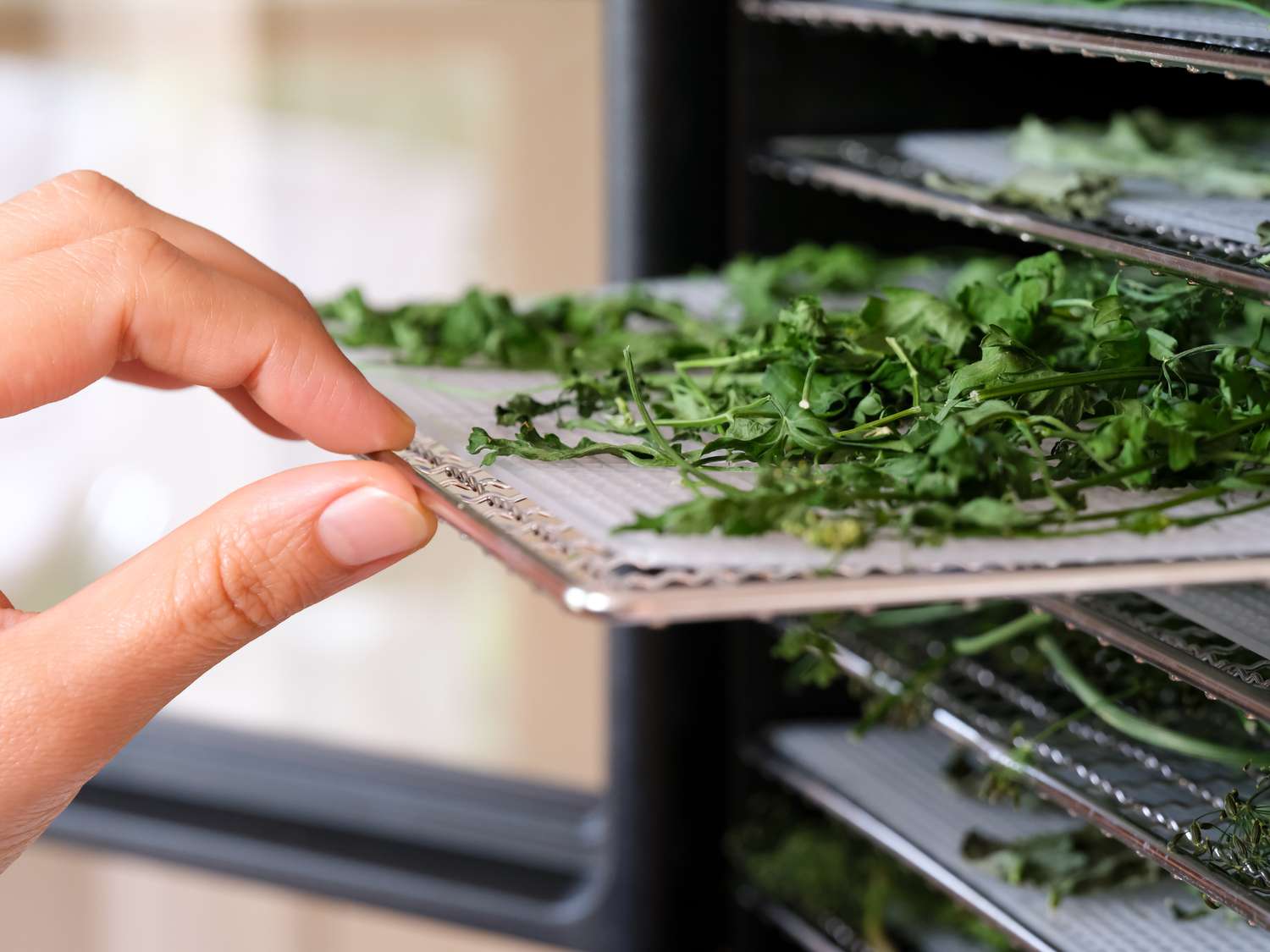

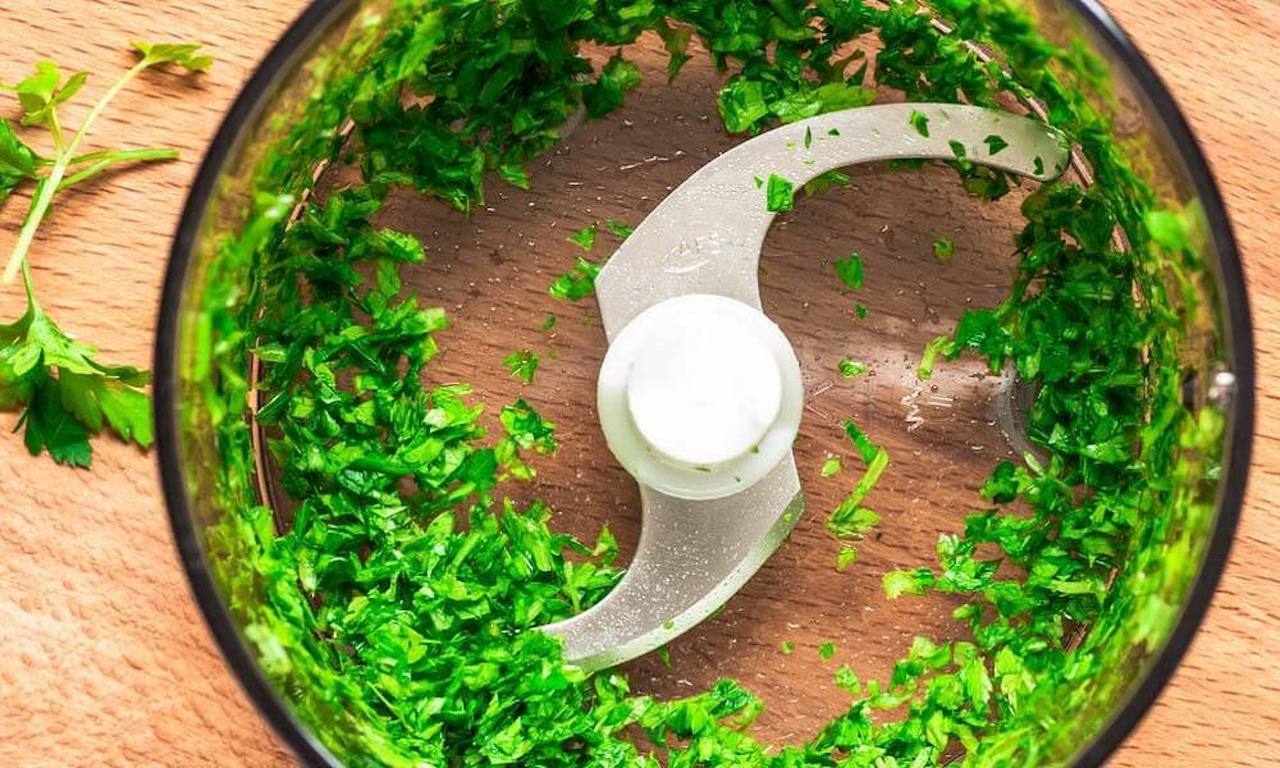
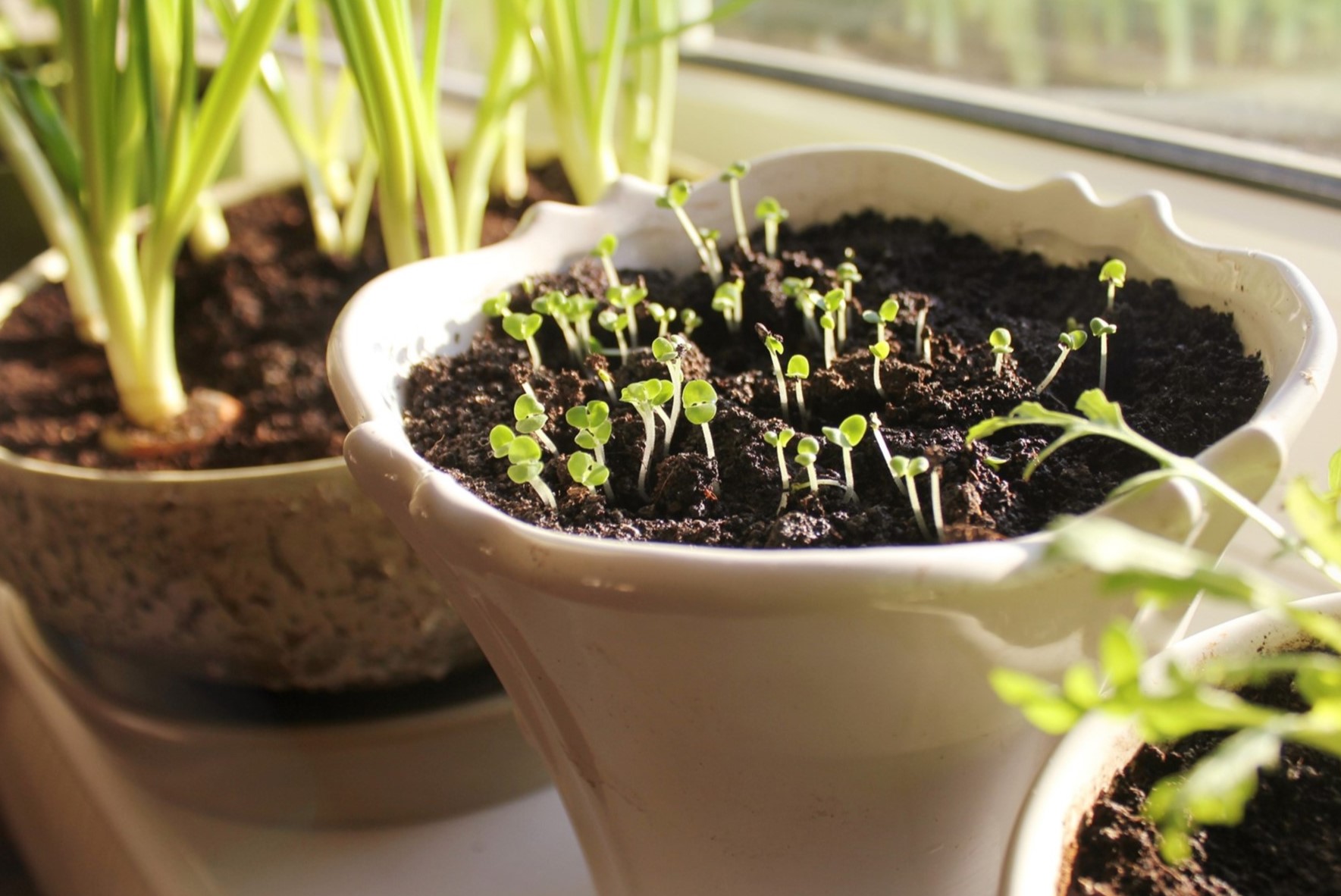

0 thoughts on “How To Store Italian Parsley”